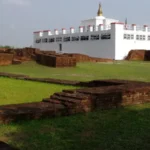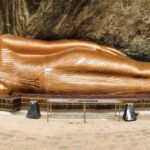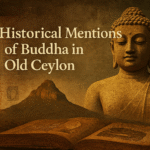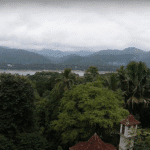Reframing Ancient Place Names Through the Lens of Lanka’s Geography
The Hidden Geography in Plain Sight
For centuries, Buddhist traditions have placed key events of the Buddha’s life in northern India — Kapilavatthu (his birthplace), Gaya (his enlightenment), and beyond. But what if these identifications stem from colonial assumptions, misread topography, and a loss of ancient knowledge systems?
In this post, we examine the linguistic, geographic, and spiritual markers of Kapilavatthu and Gaya — and explore whether their true counterparts may exist in Sri Lanka, not India.
What Do the Ancient Texts Really Say?
Both the Tripitaka and the Mahavansa refer to cities with sacred significance — places where the Buddha was born, meditated, preached, and attained enlightenment. But crucially:
- They describe rivers, mountains, and journey durations that don’t match Indian terrain.
- They mention multiple visits to Lanka, even before Enlightenment.
- In some passages, the Buddha is said to have traveled to three places in a single day, an impossible feat in ancient India but plausible within Sri Lanka’s compact geography.
The Four Rivers and the Siw-Helaya Division
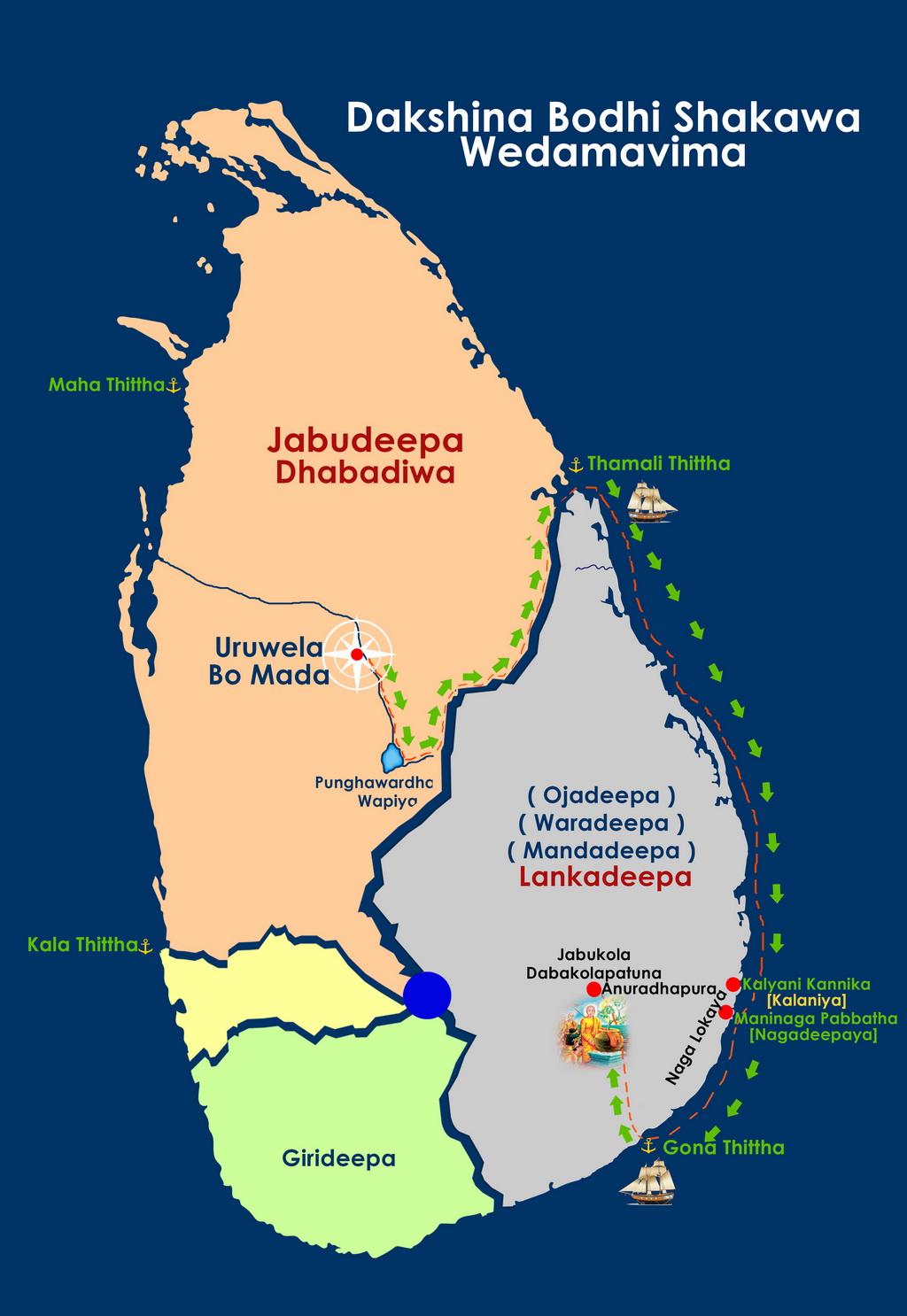
Disclaimer: Image sourced via Google Images. All rights belong to the respective copyright holders. If you are the owner of this image and would like it removed or properly credited, please contact us.
In ancient Lanka, the land was known to be divided into four great slopes or “Siw-Helaya” (සිව්-හෙළය):
- Siw = four
- Hela = descents / flowing regions
These divisions were defined by rivers flowing outward from the central mountain massif, like spokes on a wheel.
⚠️ Over time, the names and directions of these rivers were misinterpreted:
- Mahaweli Ganga was originally called Mahawila Ganga
- Flow directions described in ancient texts don’t match Indian rivers, but align beautifully with Sri Lanka’s hydrology.
Matching Locations in Lanka
| Event | Indian Claim | Lankan Candidate |
|---|---|---|
| Birthplace (Kapilavatthu) | Nepal–India border | Bambaragala, Theldeniya — Home to “Vedu Lena,” with murals of a royal birth and Brahmi cave inscriptions. |
| Enlightenment (Gaya) | Bodh Gaya | Hiriwadunna, Habarana — Features a sacred Bodhi tree, ancient Vajrasana seat, and matching landscape descriptions. |
| First Sermon (Isipatana) | Sarnath, India | Isinbassagala, Anuradhapura — Name means “Rock Where the Rishis Descended,” contains cave murals of 5 ascetics. |
| Parinirvana (Kusinara) | Kushinagar, India | Budugala, Okkampitiya — Venerated by locals as the Buddha’s final resting place, with matching traditions. |
Duplicated Place Names or Duplicated Narratives?
It is not uncommon for spiritual place names to be reused as Buddhism spread. Just as there are many “Bethlehems” in the Christian world, names like Kapilavatthu and Gaya may have been reapplied in new regions — especially under the influence of Mahayana Buddhism and royal patronage in India.
But Sri Lanka’s names were not borrowed. They were original and encoded in both oral history and stone inscriptions long before colonial-era mapping erased them from mainstream recognition.
What This Tells Us
- Buddha’s footprint in Lanka is older than we think
- Travel distances, directions, and timelines in ancient texts fit Sri Lanka better than India
- Reclaiming this geography isn’t denying India’s Buddhist heritage — it’s restoring Lanka’s rightful role
Closing Thoughts
The Buddha of Lanka theory doesn’t deny sacred sites in India. But it challenges the automatic assumption that all events of the Buddha’s life happened there.
By re-examining rivers, mountains, and spiritual geography through the lens of Siw-Helaya and ancient Sri Lankan texts, we open a door to a forgotten yet foundational truth — that Sri Lanka may be the original stage of the Buddha’s life.
Stay with us as we decode more clues in the next blog post. 🙏
